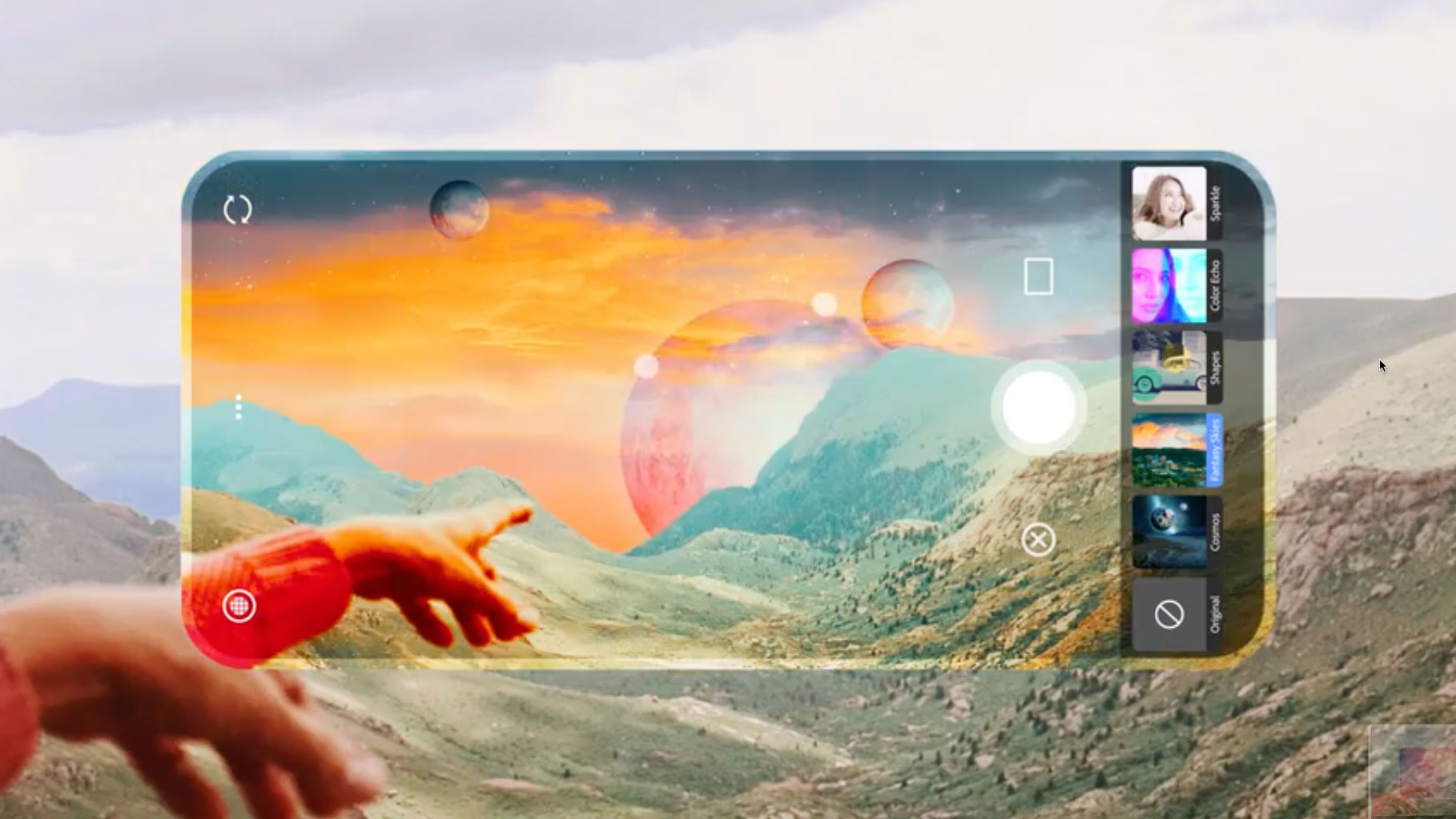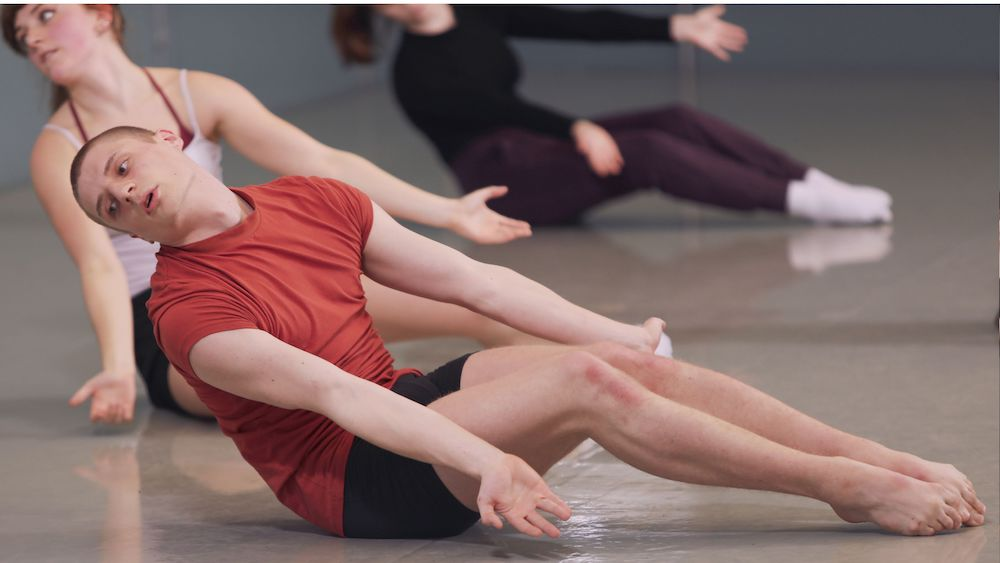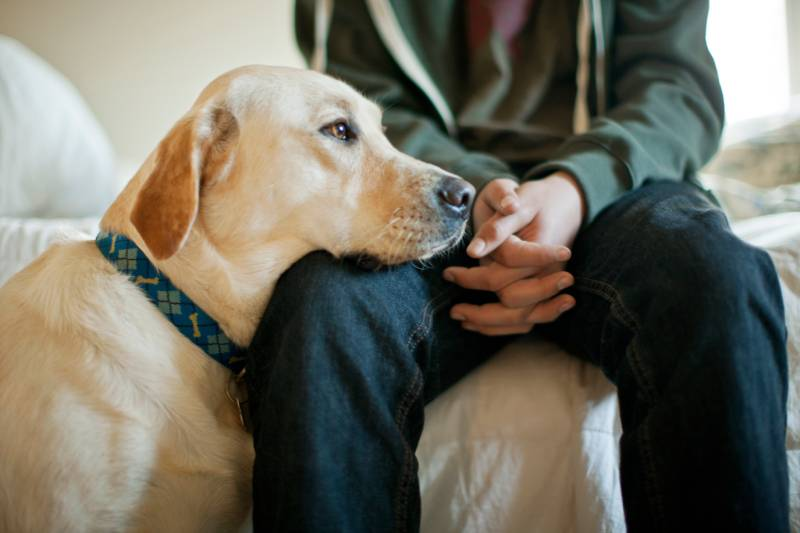AI in photography is revolutionizing the visual storytelling landscape, merging technological innovation with rich artistic expression. As the world confronts challenges in photojournalism, including preserving photography archives and maintaining visual truth, AI emerges as a pivotal force. With its ability to analyze and organize vast collections, AI technology impact offers unprecedented opportunities to safeguard the legacies of photographers. Moreover, this advancement restores vital context to images captured in tumultuous times, from the chaos of war to the subtleties of daily life. As we navigate the complexities of AI photojournalism, understanding its role in upholding the authenticity of visual narratives becomes essential.
Artificial intelligence’s influence on the art of image-making is profound, reshaping how we perceive and create photography. This cutting-edge technology not only aids in cataloging but also enhances our grasp of visual narratives by tackling the challenges photojournalists face today. From addressing the urgent need for preserving a wealth of photography archives to exploring ethical implications, this topic delves into AI’s dual role as both a potential threat and a powerful ally for visual storytellers. As we examine the landscape of digital photography, discussion surrounding AI and visual reality is becoming increasingly imperative for journalists and artists alike. Thus, this exploration reflects on the intersection of creativity and technology, where innovation meets the timeless quest for truth in photography.
The Role of AI in Photojournalism
Artificial Intelligence (AI) is revolutionizing the field of photojournalism in unprecedented ways, presenting both challenges and opportunities. The integration of AI technologies offers innovative tools to photojournalists, allowing for enhanced image analysis and historical contexting. For instance, AI can sift through extensive archives, identifying key images that tell compelling stories from conflict zones or significant events. Yet, there are substantial risks, particularly concerning the misrepresentation of reality and the implications for visual truth in an age where manipulated images can rapidly circulate online.
As photojournalists struggle with the potential for misinformation brought by AI-generated images, there is a pressing need to harness AI responsibly. This involves creating systems that not only recognize and organize visual content but also uphold the integrity and ethical standards of journalism. The challenge lies in ensuring that AI can differentiate between real and AI-generated content, thereby preserving public trust in visual media. It’s essential that the photojournalism community engages with these technologies, ensuring they enhance rather than undermine the craft.
Preserving Photography Archives Through AI
One of the most significant challenges in photojournalism today is the preservation of photography archives. With a staggering number of images created by photojournalists remaining unpublished and forgotten, AI offers a promising solution for organizing and archiving these vital historical records. By leveraging AI’s ability to assess and categorize images, crucial visual narratives can be preserved, allowing future generations to access powerful storytelling from the past. This shift not only safeguards the art of photojournalism but also helps maintain a historical record that reflects the truths of our time.
Furthermore, as AI technologies evolve, they can aid in making these archives more immersive and engaging. Techniques such as machine learning can help curate these works based on themes, historical significance, or emotional impact, making it easier for researchers and the public to connect with the content. However, the ethical implications of such technology must also be considered, ensuring that the original intent and authorship of the images are respected. Through careful implementation, AI can play a key role in preserving the legacy of photojournalism amidst the growing challenges posed by digital transformation.
AI Technology Impact on Visual Truth
The rise of AI technology has fundamentally shifted discussions around visual truth in journalism. As AI becomes more integrated into photography, the crafting of images is increasingly being influenced by machine intelligence, raising concerns about authenticity and representation. Photojournalists face the daunting task of conveying reality while sorting through a landscape filled with AI-generated imagery that can distort perceptions. This raises critical questions: How can we trust what we see? What measures are in place to authenticate images in an era overwhelming with digital manipulation?
In response to these challenges, some photojournalists advocate for the use of AI not as a means of deception but as a technology that strengthens authenticity. By employing AI to validate images and provide context, photojournalists can combat misinformation and bolster the credibility of their work. This dual-edged sword requires a thoughtful approach to ensure that the use of AI enhances storytelling without sacrificing the core values of journalism. By fostering a culture of transparency and accountability, the industry can navigate the complexities of AI while maintaining a commitment to visual truth.
Challenges Facing Photojournalism in the Age of AI
Photojournalism is under siege from a variety of challenges compounded by the advent of AI technologies. The influx of AI-generated content has made it increasingly difficult for photojournalists to maintain the integrity of their work while competing with slick, fabricated images that can easily deceive the public. This heightened competition raises urgent concerns about copyright infringement, as photographers worry about their work being appropriated without consent by AI systems designed to learn from existing archives.
Additionally, the dynamics of photojournalism have evolved, requiring practitioners to not only be skilled photographers but also adept curators and analysts of their work. Navigating the legal landscape of image rights in the digital age poses further difficulties. As the industry grapples with these pressing issues, it is imperative to establish regulatory frameworks that protect photographers while allowing them to harness the potential of AI. By proactively addressing these challenges, photojournalism can adapt to new realities, ensuring that authentic voices remain prominent amidst growing advancements in technology.
The Intersection of AI and Visual Storytelling
At the intersection of AI and visual storytelling lies enormous potential for enriching narratives within photojournalism. AI technologies can rapidly analyze and contextualize vast collections of photographs, uncovering deeper insights and themes that may not be immediately evident. This capability enables photojournalists to craft more compelling stories, integrating AI-generated insights with authentic narratives from the field. By enhancing storytelling with rich context and dynamic engagement, photojournalists can create a more immersive experience for their audiences.
However, this intersection also calls for critical reflection on the role of technology in influencing how stories are told. The balance between leveraging AI for narrative depth and ensuring the authenticity of the photographer’s voice must be maintained. Photojournalism thrives on personal perspectives and the emotional weight of storytelling—hallmarks that cannot be replicated by AI. Moving forward, collaboration between AI developers and photojournalists will be essential in shaping the future of visual storytelling, ensuring technology complements rather than detracts from the human element that defines the craft.
Exploring AI’s Shortcomings in Photo Analysis
While AI has demonstrated remarkable capabilities in analyzing images, its shortcomings in understanding context and nuanced emotions within photography cannot be overlooked. Current AI technologies excel at identifying basic elements within images but struggle to grasp the complexities inherent to photojournalism, such as historical significance or emotional depth. This gap in comprehension highlights the necessity for ongoing improvements and the development of AI systems tailored specifically for the photography domain.
Moreover, the potential for misinterpretation of images by AI tools poses a significant risk for photojournalists relying on these technologies. The integrity of visual storytelling hinges upon accurate representation and interpretation of reality. Thus, it’s crucial for photojournalists to work collaboratively with AI experts to refine these tools, ensuring they meet the distinctly human standards required for understanding the emotional weight behind an image.
Ethical Considerations in AI Photojournalism
The ethical implications of integrating AI into photojournalism are vast and multifaceted, requiring careful consideration from industry stakeholders. Concerns about copyright infringement, consent, and the potential misuse of images arise as AI systems begin to leverage vast photo archives. To navigate these complexities, it is essential for photojournalists to exert control over their work, advocating for responsible practices that prioritize transparency and respect for authorship.
As AI continues to evolve, establishing a robust ethical framework will be critical. This framework should guide how AI tools are utilized in photojournalism, ensuring that the technology serves to enhance the profession rather than exploit it. Engaging in ongoing discussions about the responsible use of AI will help cultivate a culture of accountability and trust within the industry, ultimately promoting the values of truth, memory, and authorship that are central to photojournalism.
Future of Photography in an AI World
The future of photography in an AI-dominated landscape presents both remarkable opportunities and significant challenges for photojournalists. As AI continues to reshape the visual arts, the craft may find new avenues for creativity, exploration, and collaboration. These emerging possibilities encourage photojournalists to think critically about their role, the narratives they wish to portray, and how technology can support these aims—bringing unique human experiences to the forefront while ensuring authenticity.
However, the path forward is not without concerns. Photographers must be vigilant against potential pitfalls, such as the erosion of trust in visual media, copyright issues, and the dilution of the human element in storytelling. By staying engaged with technology and exploring innovative collaborations, photojournalists can cultivate a future where AI enhances the art form, offers new storytelling possibilities, and respects the core tenets of the craft.
Engaging Across Disciplines for AI in Photography
Collaboration across disciplines is vital for ensuring that the future of photography meaningfully integrates AI while maintaining its essence. As photojournalism faces unprecedented changes via technology, engaging in dialogue with technologists, ethicists, and other professionals can foster a holistic understanding of how AI can be deployed most effectively. This interdisciplinary approach aids in finding solutions that benefit not only photographers but also the broader journalistic community and society.
Moreover, these conversations can help bridge the gap between the technical aspects of AI and the artistic motives of photojournalists. By seeking input from diverse fields, photojournalists can formulate practices that address the ethical considerations associated with AI deployment, ultimately enriching the narrative potential of visual stories. Engaging in this collaborative spirit will be crucial for shaping the future direction of AI in photography, ensuring that technology serves as a tool for empowerment rather than a root of disillusionment.
Frequently Asked Questions
How does AI technology impact photojournalism and its challenges?
AI technology significantly impacts photojournalism by streamlining the process of archiving and sorting vast amounts of visual data. Photojournalism faces challenges such as protecting original content from unauthorized use and the erosion of visual truth, which AI can help address by enhancing the organization and context of these archives. By employing AI tools, photojournalists can navigate the complexities of modern media, ensuring their legacy and maintaining the integrity of their work.
What role does AI play in preserving photography archives?
AI plays a crucial role in preserving photography archives by automatically cataloging and organizing images, making them more discoverable and accessible. This helps safeguard the invaluable visual history captured by photojournalists, ensuring that even unpublished works can be preserved for future generations. Utilizing AI technology allows for the efficient management of large volumes of photographs while protecting the rights and intent of the original creators.
Can AI in photography maintain visual truth despite its challenges?
Yes, AI in photography can help maintain visual truth by carefully analyzing and organizing authentic images rather than generating new ones. This focus on the genuine work of photographers ensures that the essence of visual storytelling is preserved. By using AI to enhance transparency and clarify the context of images, the integrity of photojournalism can be upheld amidst concerns of misinformation and fake images.
What challenges do photojournalists face with AI photojournalism?
Photojournalists face several challenges with AI photojournalism, including potential copyright issues, the risk of misinformation, and the preservation of visual truth. As AI technology evolves, there is a growing concern over ownership of images and the ethical use of photographic works for training AI models. Addressing these challenges is essential for maintaining the trustworthiness of visual journalism in an AI-driven landscape.
How does AI technology address challenges in preserving photography archives?
AI technology addresses challenges in preserving photography archives by automating data entry, indexing, and categorization, which enhances the ability to keep vast archives organized and accessible. As many important photographs remain unpublished, AI can empower photojournalists to ensure that their work is recognized and maintained, thereby preserving the rich visual history captured over decades.
What are the implications of AI and visual truth in the context of photography?
The implications of AI and visual truth in photography are significant, as the technology has the potential to alter perceptions of authenticity. While AI can assist in organizing and analyzing real photographs, it also raises concerns about the generation of photorealistic images that can mislead the public. Thus, it is essential to use AI thoughtfully to reinforce the authenticity and integrity of photojournalism, ensuring that real images are documented and preserved accurately.
| Key Points | Details |
|---|---|
| AI’s Impact on Photography | AI poses threats but also opportunities to preserve photojournalism. |
| Preservation of Archives | AI can help catalog and make archives discoverable before they are lost. |
| Photographer’s Legacy | Understanding and protecting the legacy of photojournalists is crucial. |
| Challenges of Misinformation | Generative AI complicates trust in authentic imagery. |
| Exploring AI’s Benefits | Utilizing AI to interpret complex images and emotions in conflict photography. |
| Ethical Use of AI | Ensuring AI helps preserve visual truth rather than distort it. |
| Future Aspirations | Kira Pollack aims to engage with discussions across disciplines on AI’s role. |
Summary
AI in Photography is reshaping how photojournalism is perceived and preserved. As technology evolves, the potential for AI to assist in cataloging and preserving the archives of photojournalists has gained attention. This approach can safeguard against the erosion of visual truth while addressing the concerns raised by generative AI’s ability to create misleading images. Kira Pollack’s efforts reflect a significant undertaking in exploring whether AI can ethically enhance the photographic craft, ultimately ensuring that the legacies of visual storytellers are recognized and accessed for future generations.



